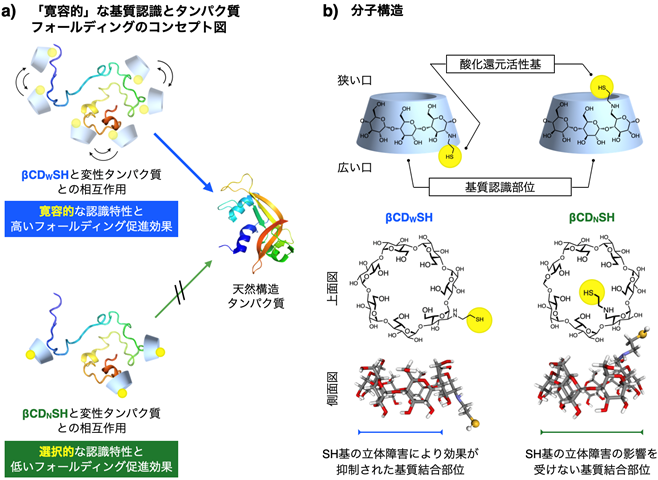2024-07-29 ワシントン州立大学(WSU)
◆ワシントン州立大学のセンティル・ナテサン教授は、コンピュータ支援による薬物設計でこの時間と費用を削減することを目指しています。この方法では、高性能コンピューティングを用いてタンパク質と薬物分子の相互作用を予測し、実験的手法よりも迅速かつ安価に新薬を評価できます。ナテサン教授の研究チームは、生成的人工知能(AI)モデルを使って細胞膜の薬物分子とタンパク質の相互作用を予測する新しい方法を開発し、計算時間を3分の1に短縮しました。この方法は薬物設計の効率を大幅に向上させ、モデルのコードはGitHubで公開されています。
<関連情報>
- https://news.wsu.edu/news/2024/07/29/researchers-use-computer-simulations-ai-to-speed-up-drug-development/
- https://pubs.acs.org/doi/10.1021/acs.jctc.4c00315
薬剤の膜分配予測における生成的人工知能の応用: デノイジング拡散確率モデルとMDシミュレーションの組み合わせで計算コストを3分の1に削減 Application of Generative Artificial Intelligence in Predicting Membrane Partitioning of Drugs: Combining Denoising Diffusion Probabilistic Models and MD Simulations Reduces the Computational Cost to One-Third
Peter Obi,Jeevan B. Gc,Charles Mariasoosai,Ayobami Diyaolu,Senthil Natesan
Journal of Chemical Theory and Computation Published:June 28, 2024
DOI:https://doi.org/10.1021/acs.jctc.4c00315
Abstract

The optimal interaction of drugs with plasma membranes and membranes of subcellular organelles is a prerequisite for desirable pharmacology. Importantly, for drugs targeting the transmembrane lipid-facing sites of integral membrane proteins, the relative affinity of a drug to the bilayer lipids compared to the surrounding aqueous phase affects the partitioning, access, and binding of the drug to the target site. Molecular dynamics (MD) simulations, including enhanced sampling techniques such as steered MD, umbrella sampling (US), and metadynamics, offer valuable insights into the interactions of drugs with the membrane lipids and water in atomistic detail. However, these methods are computationally prohibitive for the high-throughput screening of drug candidates. This study shows that applying denoising diffusion probabilistic models (DDPMs), a generative AI method, to US simulation data reduces the computational cost significantly. Specifically, the models used only partial (one-third) data from the US simulations and reproduced the complete potential of mean force (PMF) profiles for three FDA-approved drugs (β2-adrenergic agonists) and ∼20 biologically relevant chemicals with known experimentally characterized bilayer locations. Intriguingly, the model can predict the solvation-free energies for partitioning and crossing the bilayer, preferred bilayer locations (low-energy well), and orientations of the ligands with high accuracy. The results indicate that DDPMs can be used to characterize the complete membrane partitioning profile of drug molecules using fewer umbrella sampling simulations at select positions along the bilayer normal (z-axis), irrespective of their amphiphilic–lipophilic–cephalophilic characteristics.


